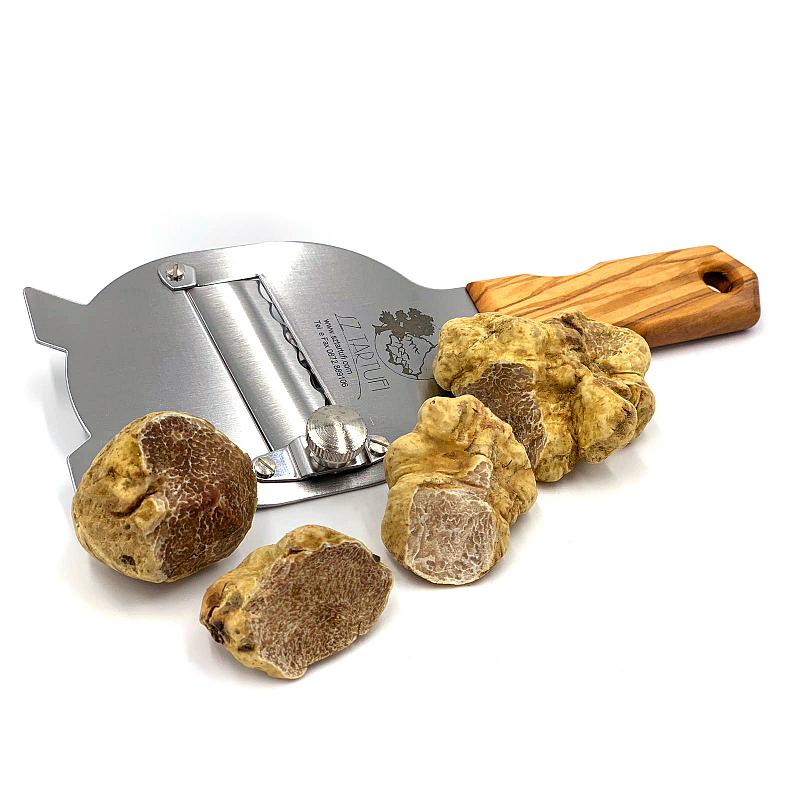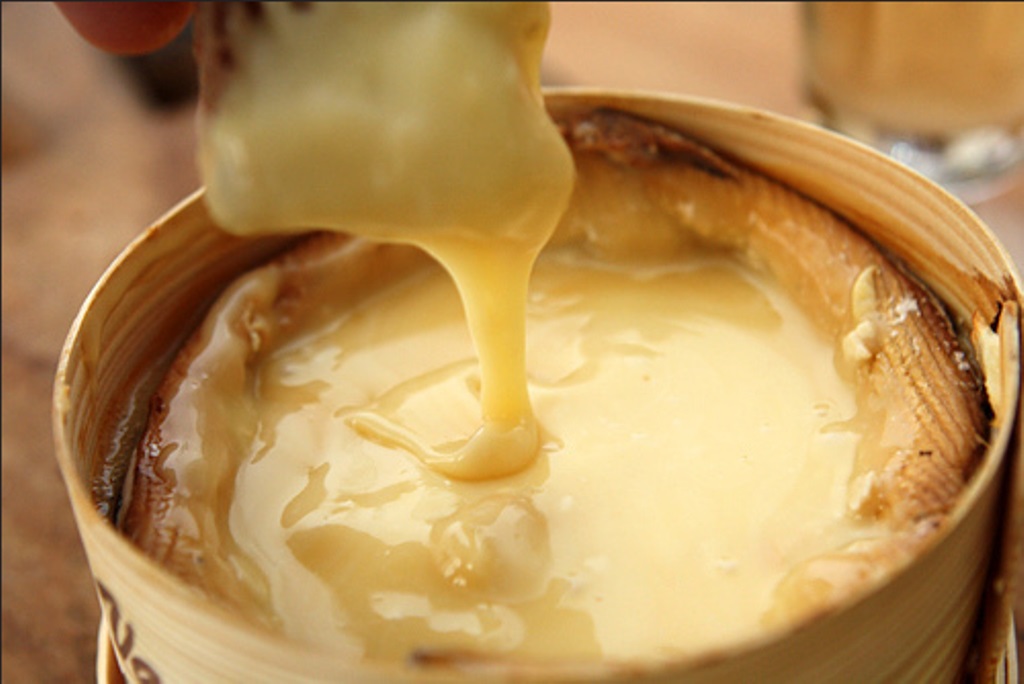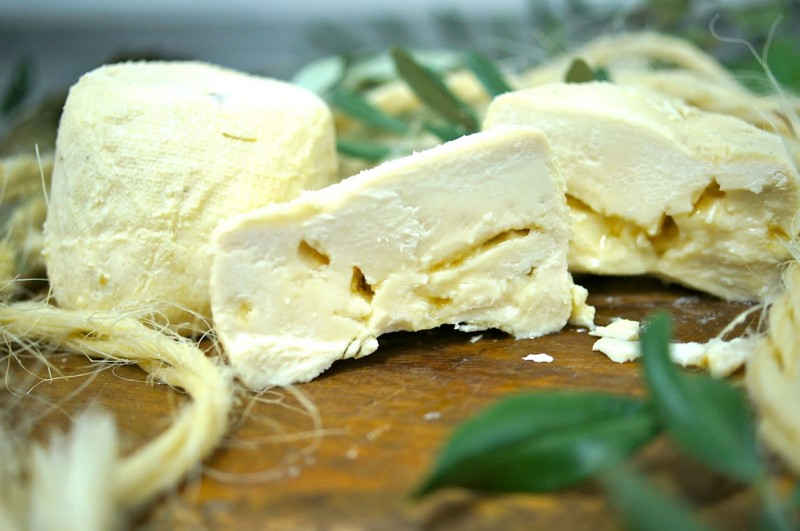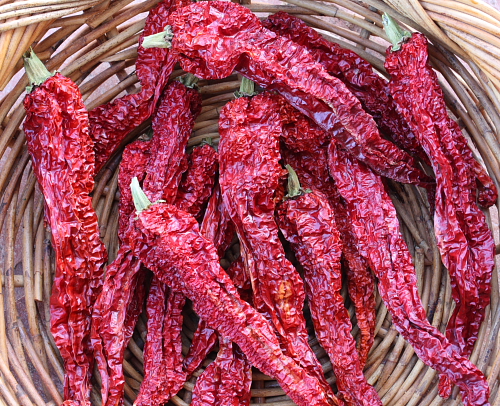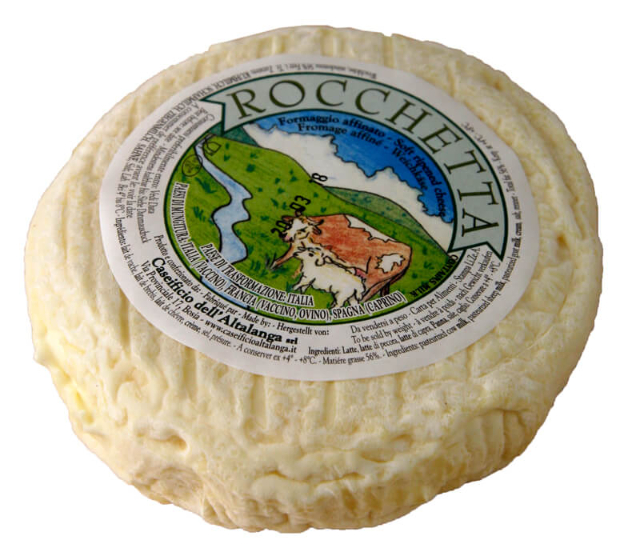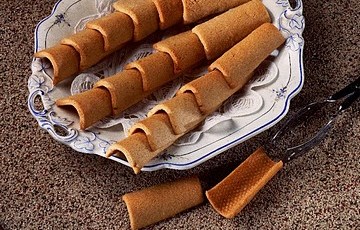The white truffle has a yellow or ochre-coloured perianth with red-brown patches, it is smooth and globular in shape, often very flattened and irregular.
The gleba, crossed by white veins which are very ramified, has a variable colour from milk to intense pink, with brown shades. The spores are of the reticulated-alveolate type, with large alveoli. It weighs about one kilogram. The production area includes the Langhe, Monferrato and Roero in the province of Cuneo. Some findings have also been made in the Alessandria and Turin hills.
The truffle has been known since ancient times. Its origin was attributed to various causes: from organic decomposition to heat, from mud due to spontaneous germination to the impact of lightning on the ground. Some thought it was an insect reproductive organ and others even traced it back to the mineral kingdom.
Only in the XVI century was it recognized as a fungus.
Professor Gibelli demonstrated the relationship, known as symbiosis, that many mushrooms assume with certain plants to which Frank gave the name of "mycorrhizae".It can be marketed either fresh or processed.
For a few days, fresh truffles can be stored in the refrigerator wrapped in ordinary bread paper inside a closed jar. The paper must be changed every day.
They are used as ingredients in the preparation of truffle creams, cheeses, oils, pasta and risotto.
